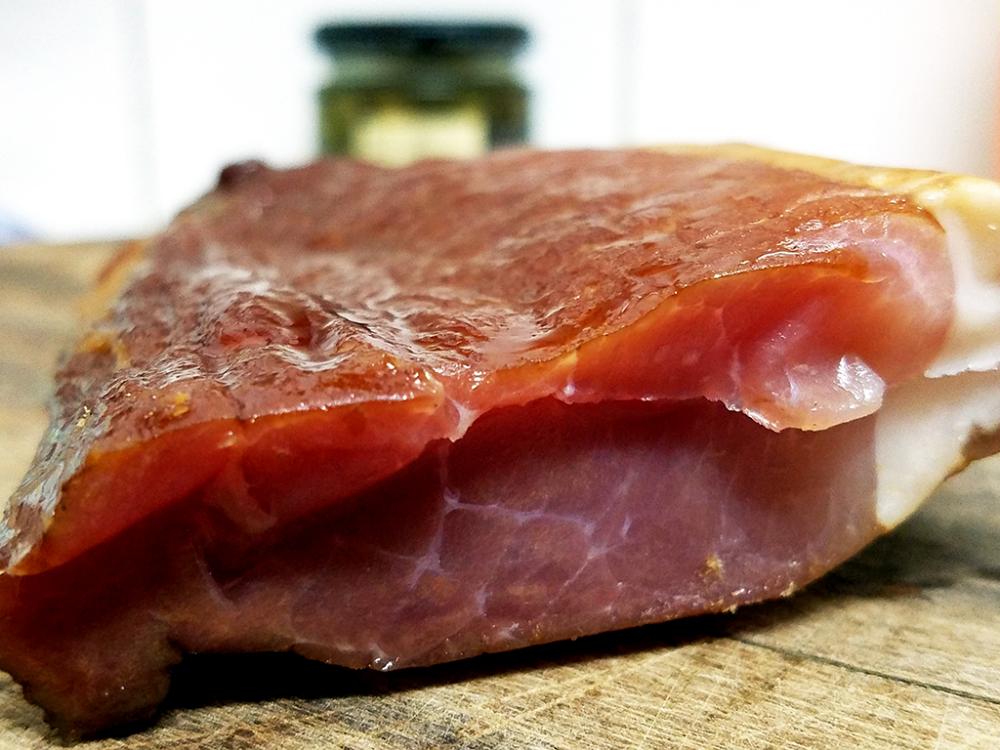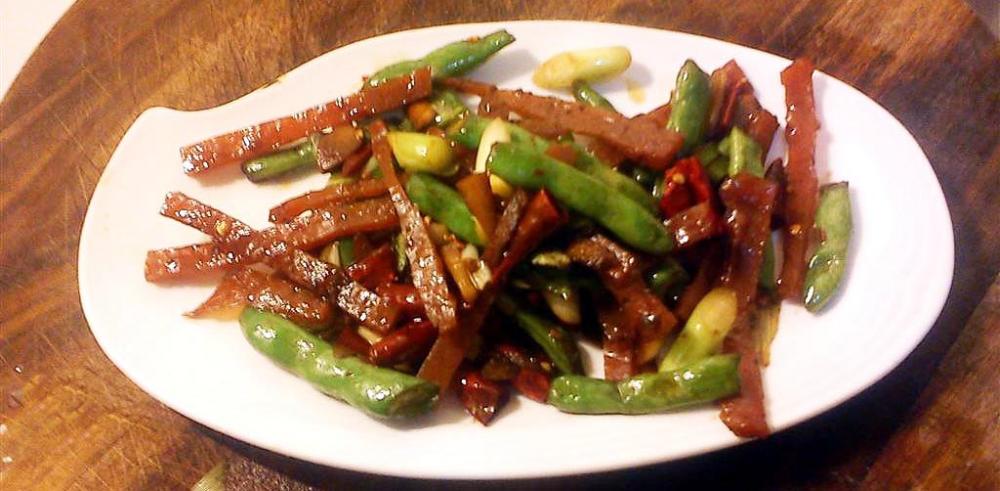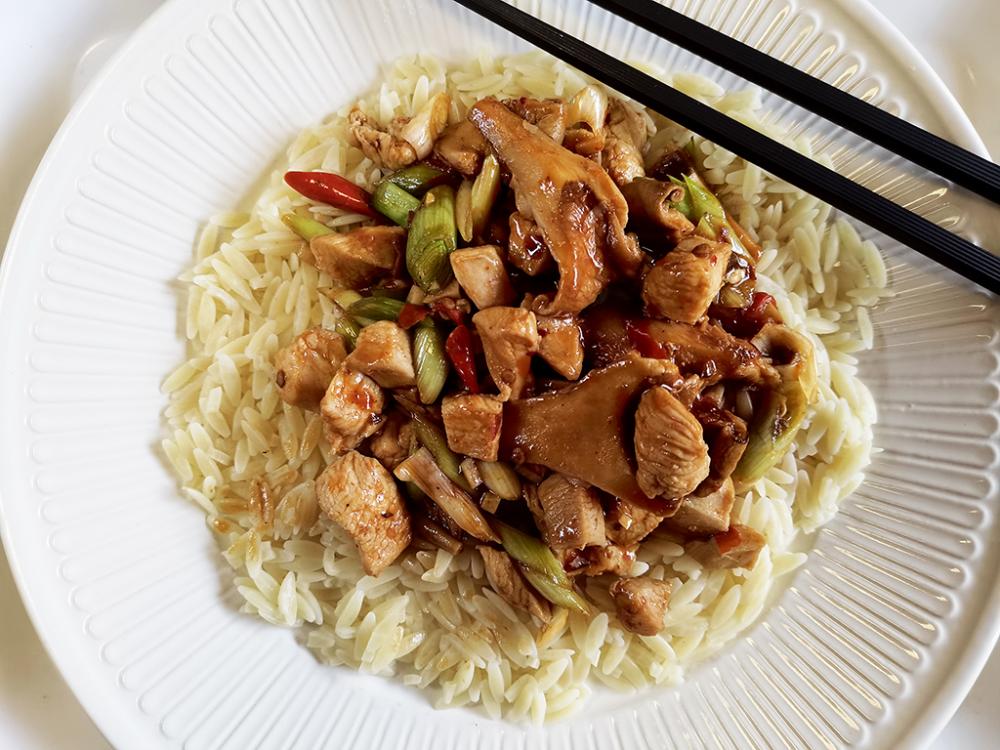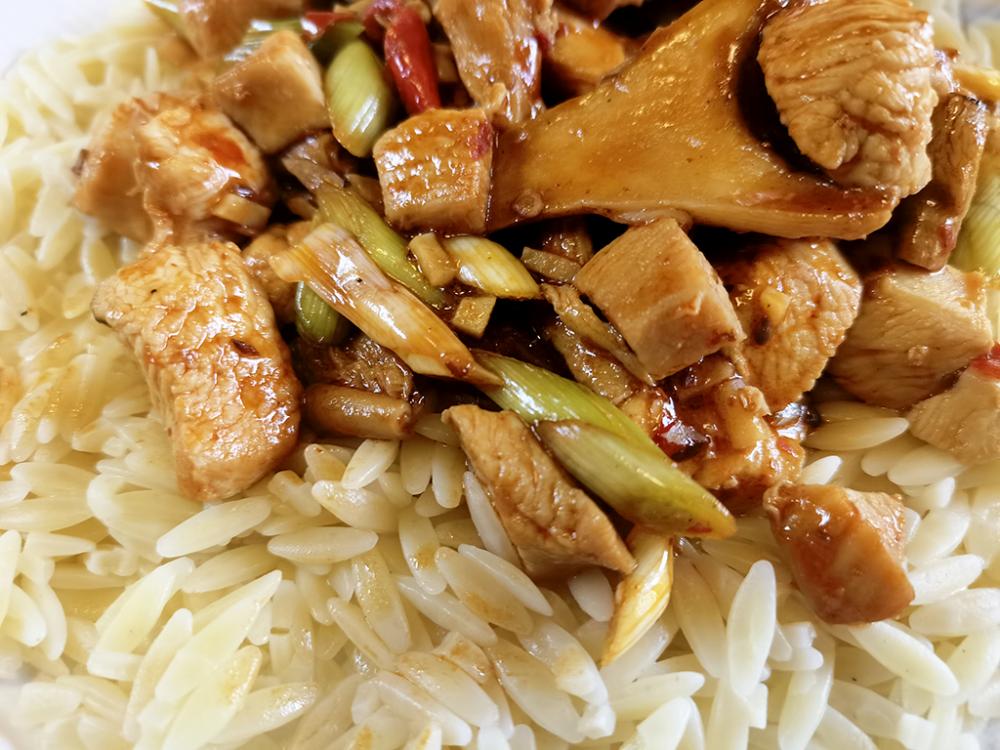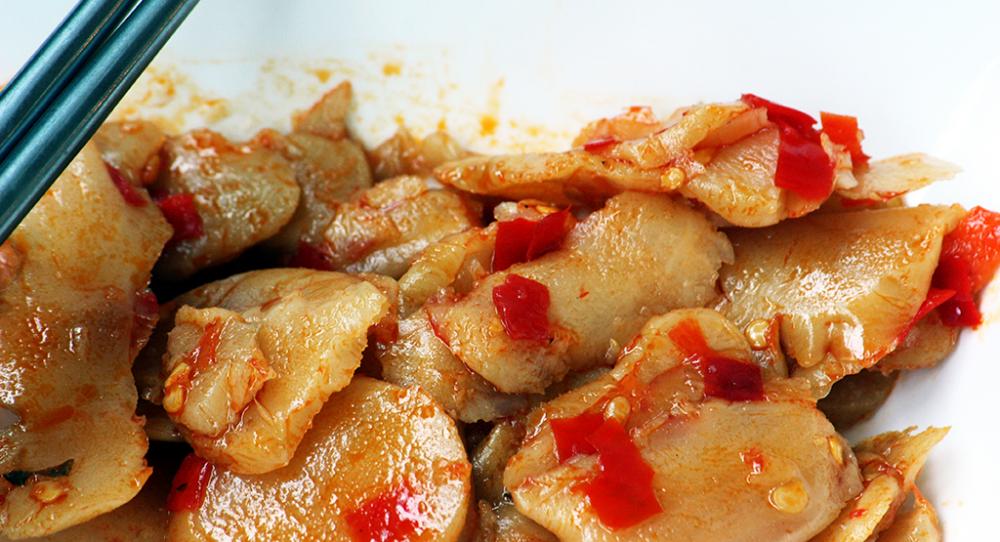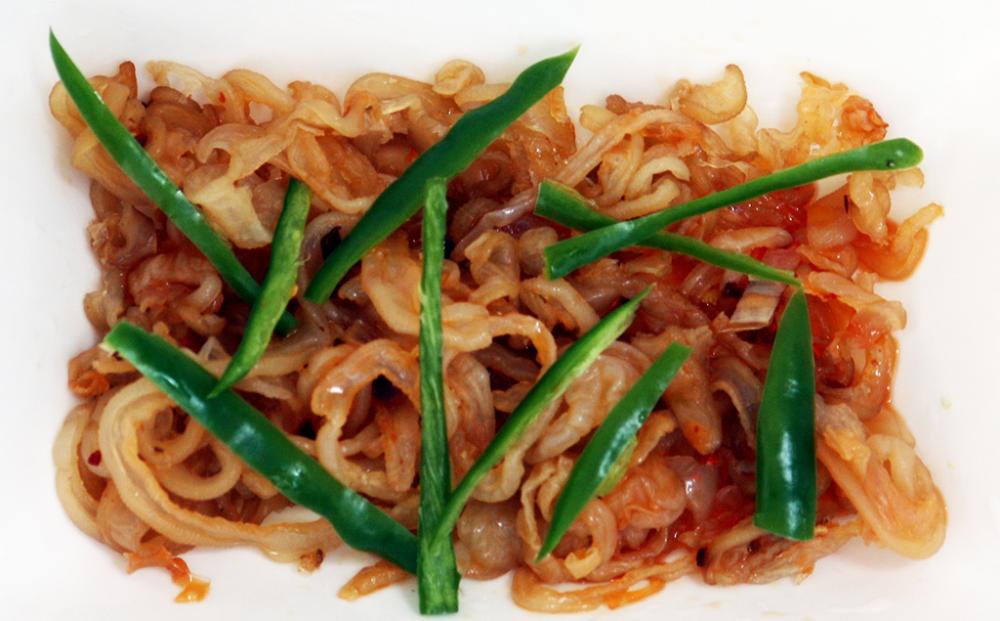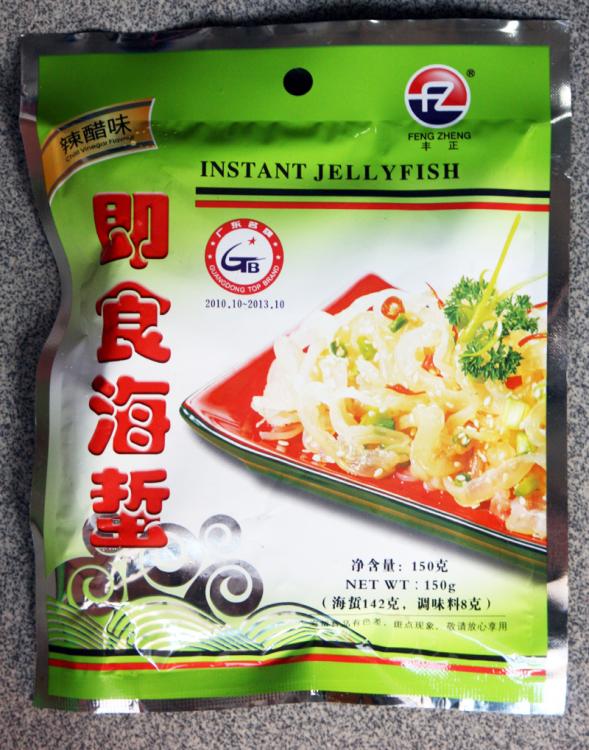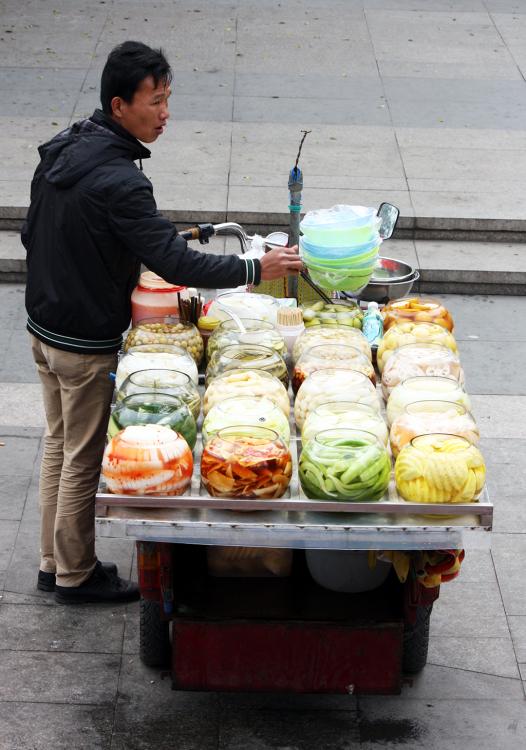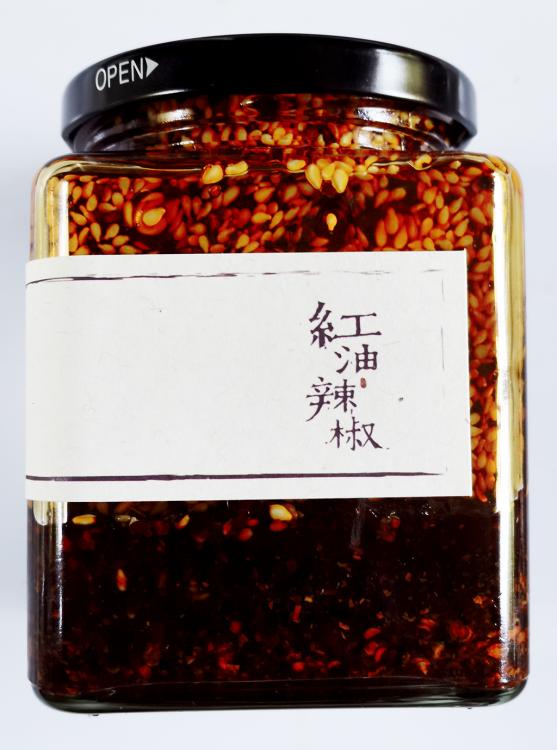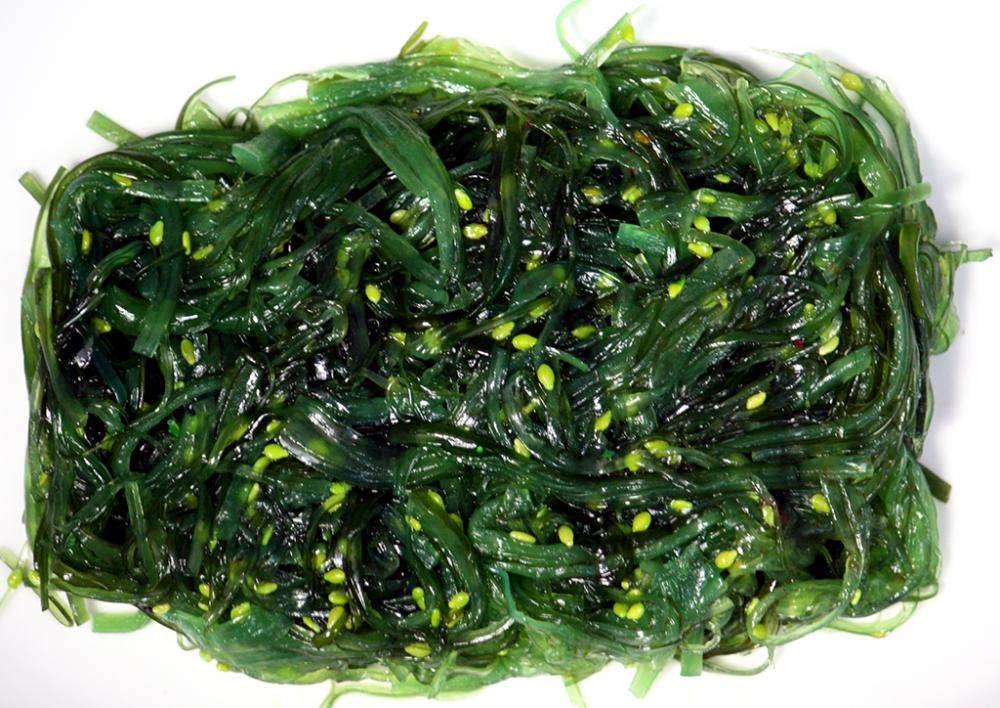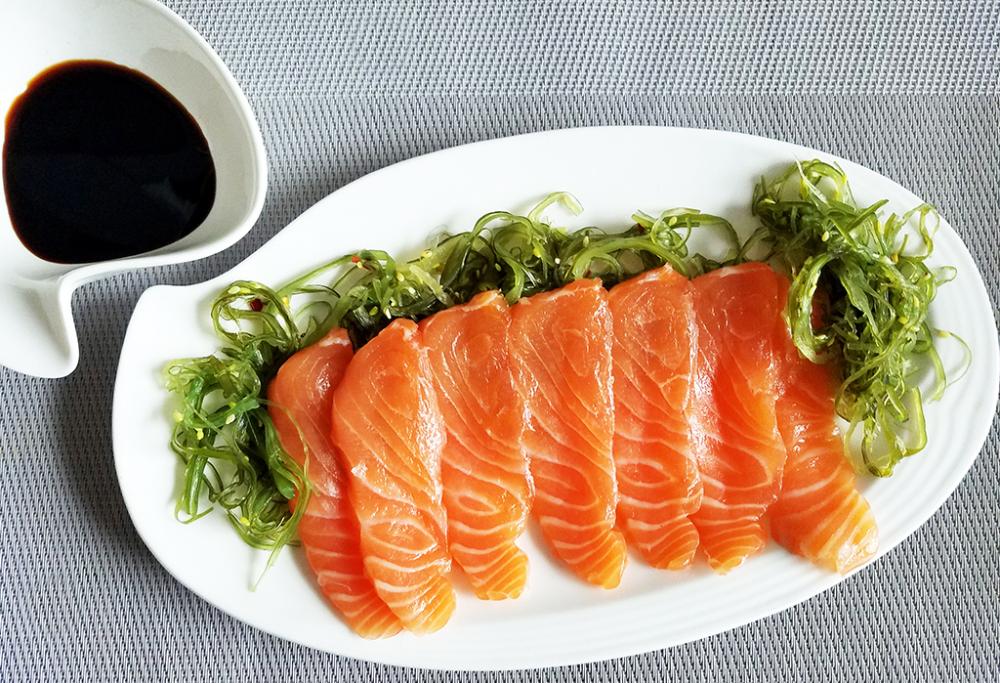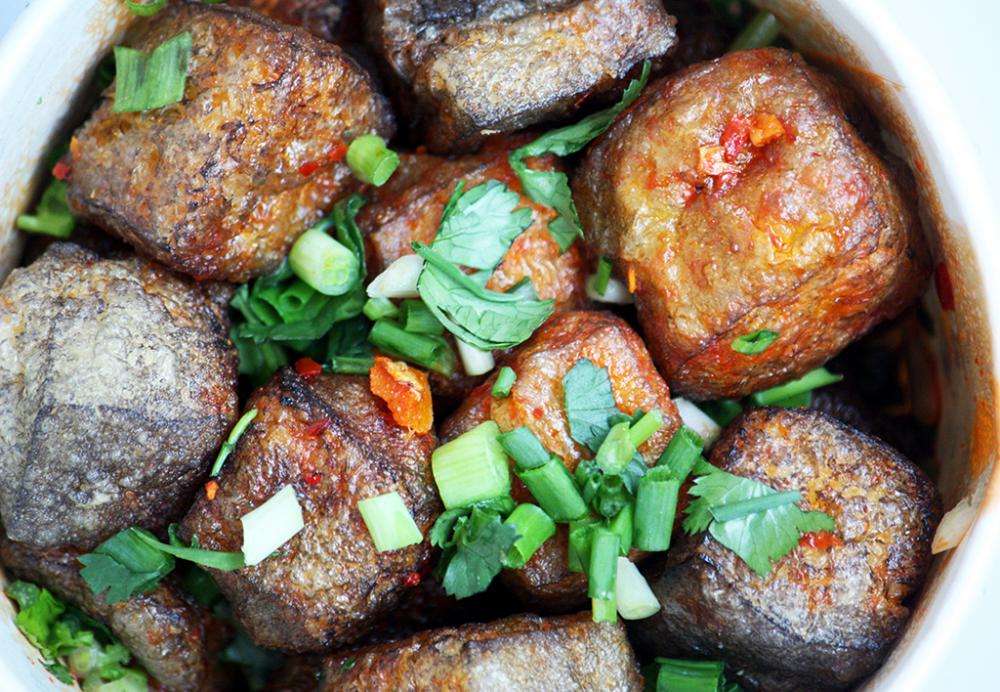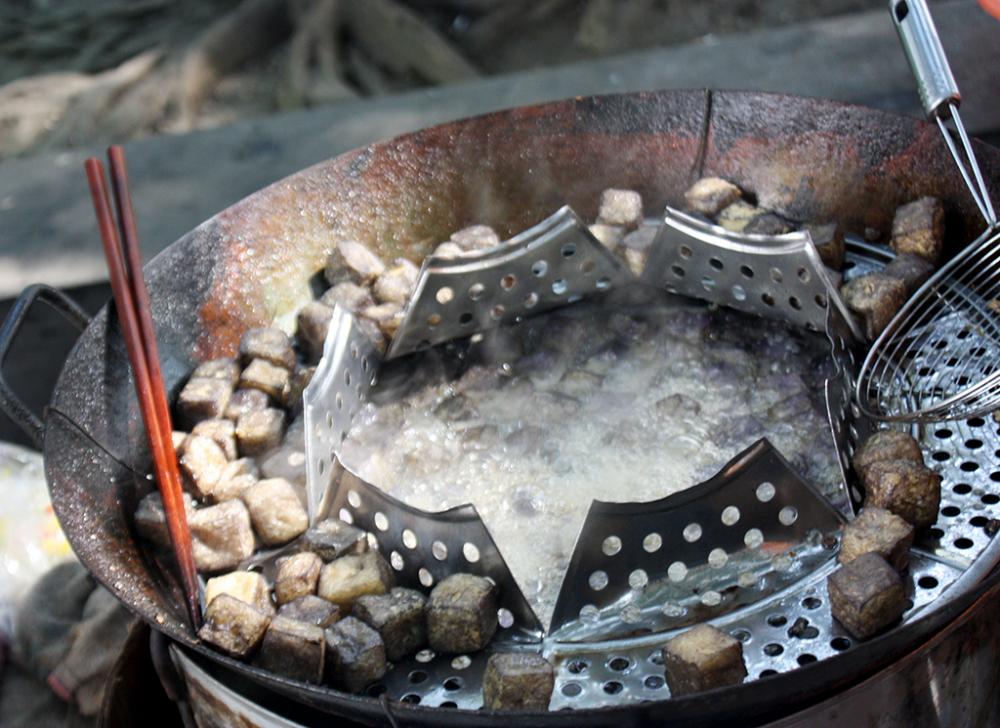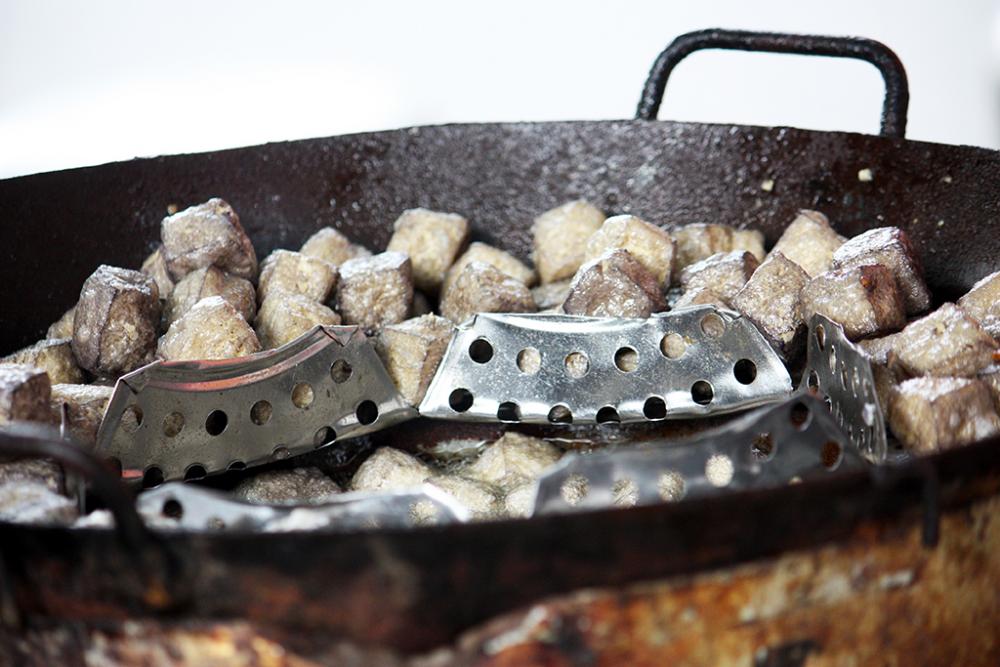-
Posts
16,656 -
Joined
-
Last visited
Content Type
Profiles
Forums
Store
Help Articles
Everything posted by liuzhou
-
You beat me to it. I'd also add that in many cultures, including China, India, Jamaica, Cuba (to list somewhere I've eaten goat) most people would send any boneless goat meat straight back. They would find itf most suspect. Most countries have their own butchery techniques and cuts. The USA, Britain and France are all different. China and India ain't gonna change. Here in China, nearly all meat and fish comes on-the-bone.
-
24. 酒糟芥菜 (jiǔ zāo jiè cài ) - Wine Lees Mustard Leaf. This may look similar to the 酸菜 (suān cài) in the first post on this topic. It is the same vegetable, but is processed in a different way, resulting in a different taste. Whereas the suan cai is pickled in a brine, then pressed, this version is pickled in the dregs from rice wine production and is unpressed. It has a slightly yeasty taste, which I find pleasant and is much milder than the suan cai. Both are used in similar ways.
-
Pickilng kemp is a longstanding tradition worldwide. I've already posted examples of the Chinese treatment upthread.
-
I doubt it was the same species. It is native to the Indo-Pacific seas. I also doubt it has been introduced anywhere near New Jersey. Invasive species and all that. But I could be wrong.
-
23. 海葡萄 (hǎi pú tao), Sea Grapes, Caulerpa lentillifera Also known as Green Caviar in English, this is a type of seaweed or algae. It was first cultivated in the 1950s in Cebu in the Philppines after it was accidentally introduced to fish ponds. By 1986, it had reached Japan, before being cultivated in Vietnam and China. This lot came from Vietnam. The seaweed is washed and then brined in a sea-strength solution. This is how I bought it. It is then drained and soaked in cold, fresh water for three minutes and it's ready to eat. At room temperature. It does not react well to either heat or cold. It tastes of the sea, as you would expect, and has a delicate grassy flavour. But the most important quailty it has is the texture. It is crisp and the bubbles pop audibly in the mouth, like popping candy.
-
Like regular peanuts. Only the taste is different. They have a kind of smoky taste.
-
I think, by now, my aversion to all things c@rn is well-known. I am delighted to report that it apparently terrifies Satan, too! Nothing to do with the sausage. The batter!
-
22. 酸贡菜 (suān gòng cài) or 'Pickled Tribute Vegetable' Another kimchi-like pickle is 酸贡菜 (suān gòng cài) or 'Pickled Tribute Vegetable', so-called as the then rare vegetable was presented to the Qing Dynasty Emperor Qianlong (1711-1799) as a tribute. It is closely related to the lettuce family.
-
Yes, Having looked at a few meatloaf recipes. I'd say denser.
-
Wouldn't know. Never had 'meatloaf'. Does the recipe given resemble meatloaf?
-
Interesting article on the history of the square sausage! (Scots seldom call it Lorne Sausage).
-
-
红泥花生 (hóng ní huā shēng - Red Mud Peanuts). These have been “cured” by being buried in a muddy red paste of unidentifiable ingredients then baked until the shells turn red and the ‘nuts’ take on a pleasant earthy taste. These are good (in my humble).
-
22. 桔梗 (jié gěng), Pickled Chinese Bellflower (aka Balloon Flower) Root, Platycodon grandiflorus Some may know this better as 도라지 (doraji), the Korean name, but it is actually native to all of East Asia and also used as a pickle in China, although any self-respecting Korean will think of it as a type of kimchi ingredient. Here in China, it is made and used in a similar way - as a side or condiment with other foods, especially rice. However, it is probably more used in Traditional Chinese Medicine (TCM), particularly to treat coughs and related illnesses.
-
21. 腊肉 (là ròu) preserved / cured meat or fish. 腊 (là) means ‘cured’ or ‘preserved’ and 肉 (ròu) means ‘flesh’ or ‘meat’. Used without further clarification, 肉 (ròu) is always taken to mean ‘pork’’; other meats are given fuller names – 鸡肉 (jī ròu), for example, is ‘chicken meat’. 腊 (là) is only used with meats; never vegetables. I mentioned the top three examples of Chinese cured hams before, in this topic. Most of the ham/bacon I can buy around here are home cured and from Hunan (Liuzhou borders Hunan province), which is famous for its la rou. Of course, meats can be cured in many ways: dried, dry-cured, wet-cured, smoked etc or in combinations of the above and Hunan uses them all. Here are just a few examples. The above are dry cured and lightly smoked. The next two images are of brined and heavily smoked bacon. They have a strong smell and very smokey taste which is typical of Hunan cuisine. Next we have 晒兰 (shài lán), a very localised specialty, only found in the small town of 沅陵 (yuán líng) in north-west Hunan. The town has large Miao and Tujia ethnic minority populations. Shai Lan (avocado for scale) This is a lightly cured (dry-cure) ham incorporating pork, salt, wine and Sichuan peppercorns, usually cooked with beans and copious amounts of chillies. Here is my take on it. Shai Lan with Brocolli Romanesco More locally, on my side of the border, is the Dong people's town of 三江 (sān jiāng). They also have hams and bacons, but also do a number of others. Sanjiang cured and smoked duck Finally, here is some Sichuan la rou. Winter is, of course, the main time for eating these hams and around October to December, the smell of hams being cured and/or smoked hangs in the air. So, I'll probably return to this come autumn.
-
I haven't been cooking much recently. My first vaccine killed my appetite. Tonight, I tried to rekindle the fire with spicy chicken and 猪肚菇 (zhū dù gū) 'pig stomach mushrooms', Infundibulicybe gibba.) The chicken was marinated overnight with Shaoxing wine, garlic, ginger and chillies, then stir fried with 豆瓣酱 (dòu bàn jiàng) and Welsh onions. Served with orzo instead of rice because...
-
20. 泡菊芋 (pào jú yù) – Pickled Jerusalem Artichoke, Helianthus tuberosus I rarely see Jerusalem artichokes in the markets or supermarkets. Much more often, they turn up like this. Pickled in vinegar and dressed in a chili sauce. Another snack food or to be added to your breakfast porridge (congee).
-
19. 海蜇 (hǎi zhé) Jellyfish, Rhopilema esculenta A popular snack or salad-like side dish, 海蜇 (hǎi zhé), literally ‘sea sting’, is sold in supermarkets and ‘mom ‘n pop’ stores. Normally, the fish is dried then, when rehydrated, lightly pickled in brine and rice vinegar for the briefest time. It remains slightly crunchy and delicately flavoured.
-
18. 八宝菜 (bā bǎo cài), literally ‘eight treasure vegetables’ – mixed pickles 八宝 (bā bǎo), eight treasures, is an ancient Chinese concept concerning symbols in Chinese art and on Chinese numismatic charms. In more recent times, the term has become applied to various foodstuffs. Remember this guy? If you can’t decide on which of his pickles you want, you are free to pick and mix from his selection. Most people do. Alternatively, you can just buy this pre-mixed selection of pickled vegetables from the supermarket.
-
红油辣椒 (hóng yóu là jiāo, literally 'red oil hot pepper')- Sichuan chilli oil from Meishan in SW Sichuan. For some reason they have labelled it in Traditional characters - 紅油辣椒 - which are not normally used in Sichuan. As you can see, only the first one is different. The rest of the packaging uses regular Simplified characters. The ingredients are simply vegetable oil, crushed Sichuan chilies and sesame seeds. It needs to be stirred before use as the sesame seeds have all floated to the top and the chilli to the bottom. On the other hand, you may wish to leave the chili undisturbed for a slightly less spicy hit.
-
17. 裙带菜 (qún dài cài), Undaria pinnatifida – wakame Another seaweed. Although wakame is often considered to be Japanese, only that name is. The name was adopted from Japanese into English in America sometime in the 1960s along with the briefly faddish macrobiotic movement. In fact, this seaweed is native to China, Korea, Eastern Russia and Japan. In China, it is 裙带菜 (qún dài cài). That said, it is often mislabelled 海草 (hǎi cǎo), meaning ‘seagrass’. This preparation of what is actually a type of kelp is lightly pickled in rice vinegar with sugar, salt and sesame oil for a brief time (what Fuchsia Dunlop calls ‘taking a shower’ pickling) and is served as a side dish. I particularly like it with sashimi or sushi. Before I’m told that sashimi and sushi are Japanese and not Chinese, may I point out the Chinese have been preparing and eating raw (and pickled) fish for millennia. Also, even the Japanese recognise that the concept of sushi was originally Chinese, although Japan did take over and develop it in their own way later.
-
You had a spherificater when you were a molecule? Isn't that a bit precocious? 😆
-
-
16. 臭豆腐 (chòu dòu fu) – Stinky Tofu Another fermented bean curd preparation is 臭豆腐 (chòu dòu fu) or stinky tofu. This comes in various versions, but all have one thing in common – they stink! My favourite type is that which originated in Changsha, the capital of Hunan, the province to the north of Guangxi. Twenty-five years ago, I lived in a small Hunan city and behind the central market was a maze of streets. One of those streets was lined by hole-in-the-wall shops, all with low trestle tables and stools outside, selling stinky tofu and beer. I could always find the street in the maze – simply by following my nose. I could get there blindfolded. Changsha Stinky Tofu Traditionally, stinky tofu uses firm tofu which is then dried and then fermented for months in a brine also containing amaranth leaves, pork, dried shrimp and various vegetables. The Changsha style also incorporates winter bamboo shoot, and shiitake mushrooms, as well as koji, Aspergillus oryzae, a fungus used to promote fermentation During the fermentation process, the tofu develops a ‘hairy’ exterior, then begins to turn grey, at which time it is considered ready. Normally, the fermented tofu is then deep fried until black or dark brown and the outside is crisp. It is commonly served with a chili sauce. Hunan is chili central in China. In Hong Kong, it is eaten with hoisin sauce – preposterous idea, if you ask me! Here I can buy it on the streets from itinerant vendors with their portable stoves and cunningly designed woks in which the fried tofu can sit in these cages around the rim to drain, but also to keep warm. Stinky tofu being deep fried in Hunan Fried stinky tofu 'resting' in a cage at the rim of the wok. Once you get past the smell, the taste is creamy and mild, contrasting with the chilli sauce. Sort of like a funky cheese. Other, well-known varieties include Shaoxing stinky tofu. Shaoxing city in eastern China’s Zhejiang province is also, of course, famous for Shaoxing wine. Sichuan stinky tofu includes Sichuan peppercorns in the brine, while Tianjin in north China makes a milder, light-coloured version with less of the tell-tale smell. I've even seen stores selling 5-year-old Shaoxing stinky tofu brine on China's online shopping sites. 5-Year Old Shaoxing Stinky Tofu Brine Taiwan is also known for its love of stinky tofu, which they cook in many ways, besides deep frying. I’ve never been there, so can’t comment on that too much.


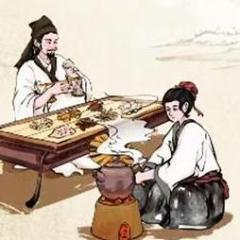

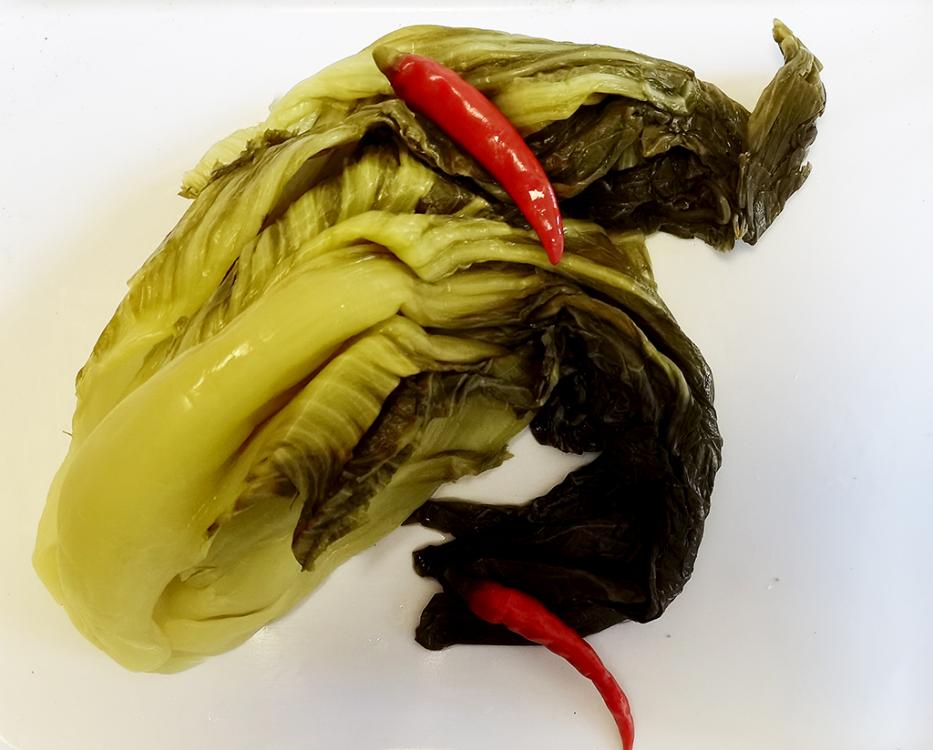

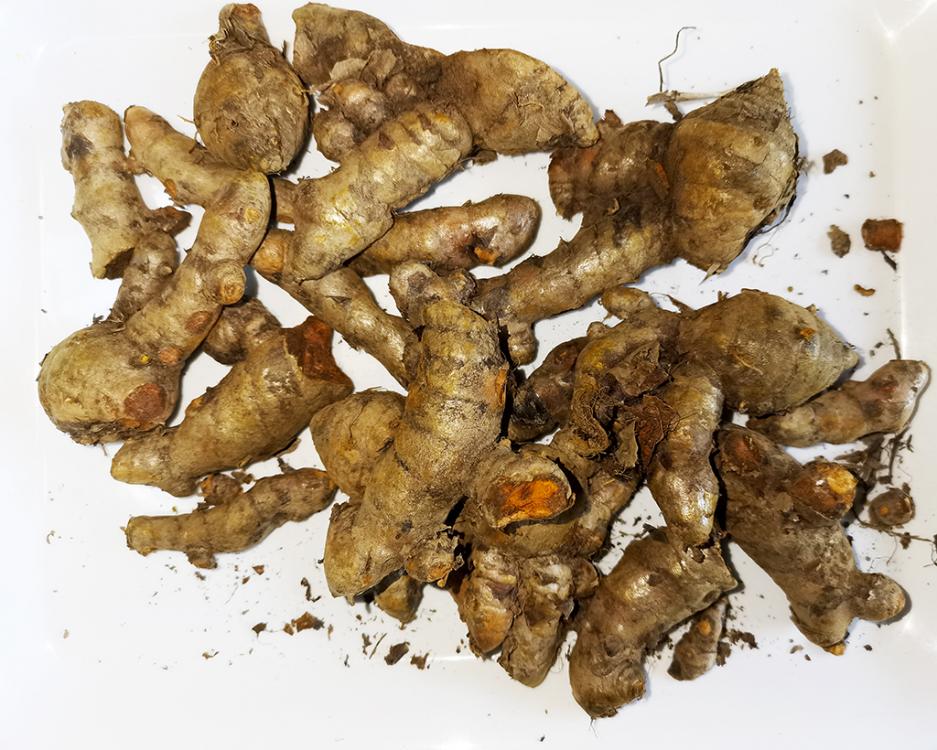
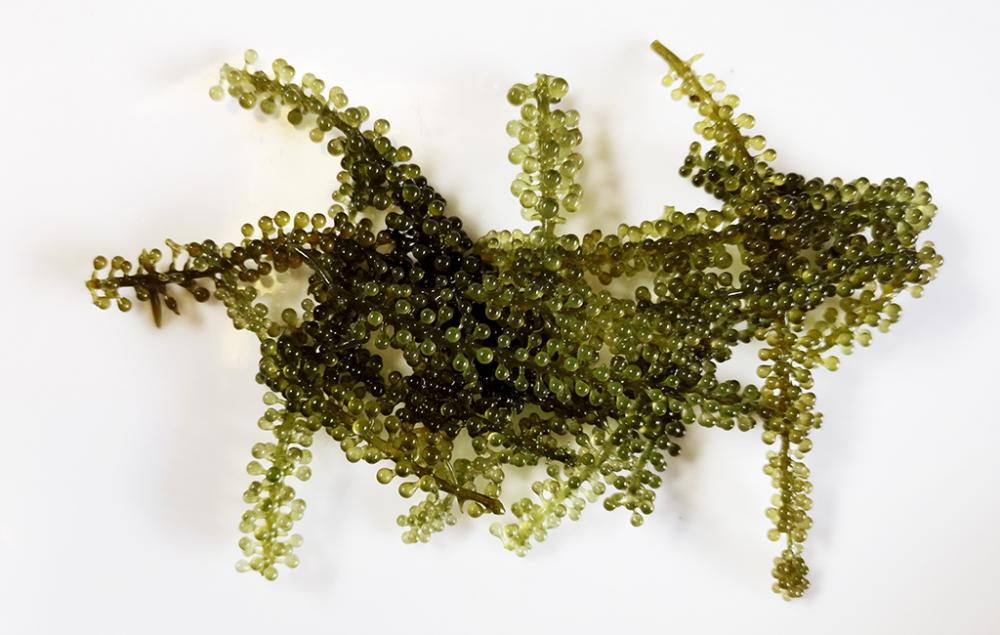
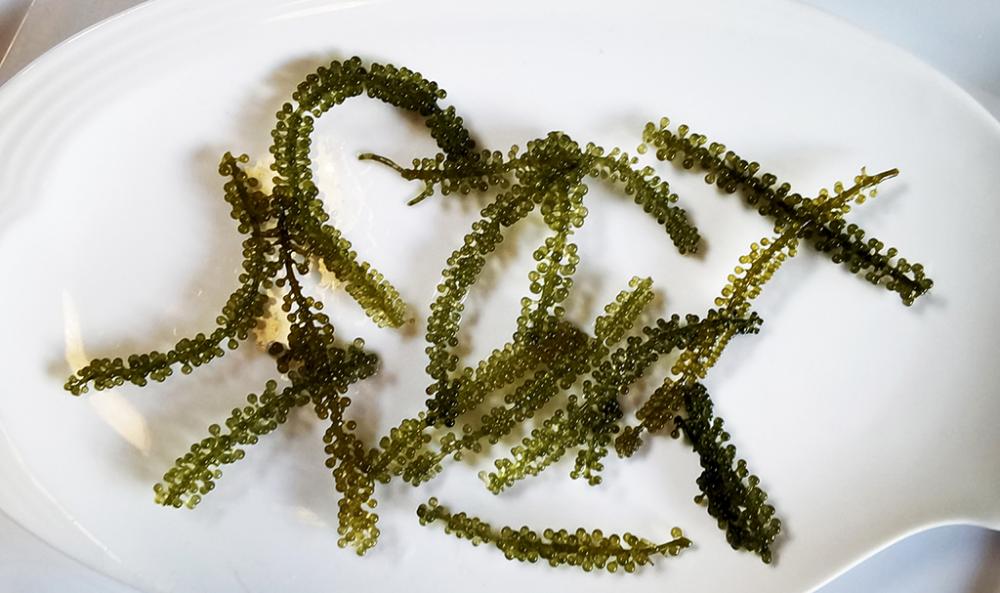
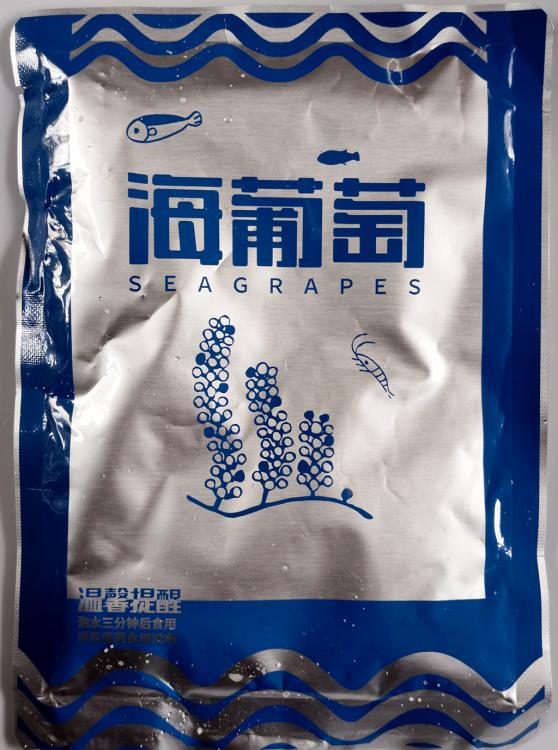


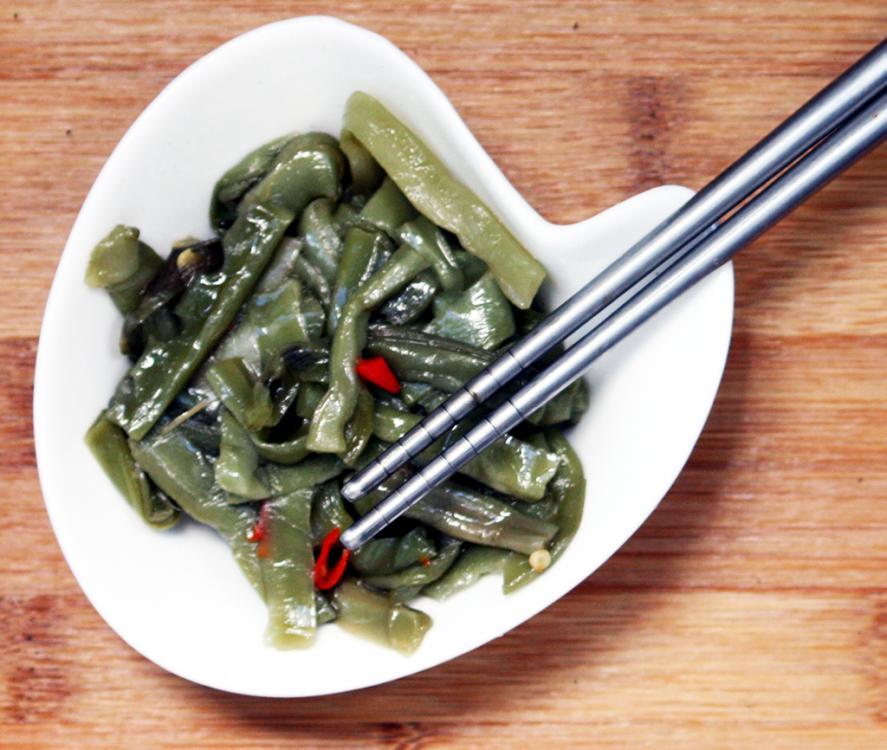
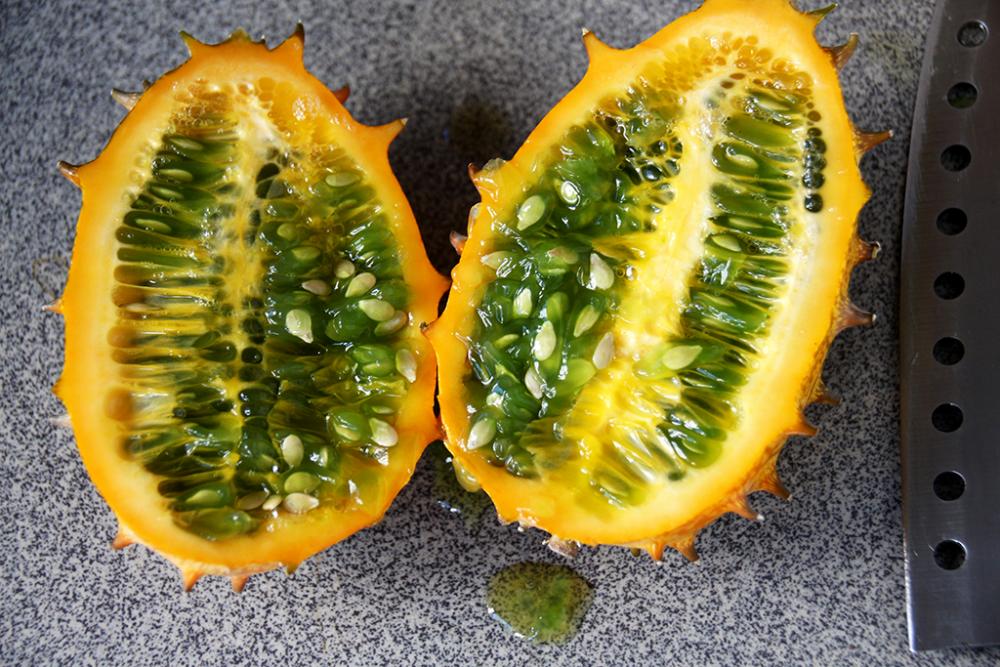
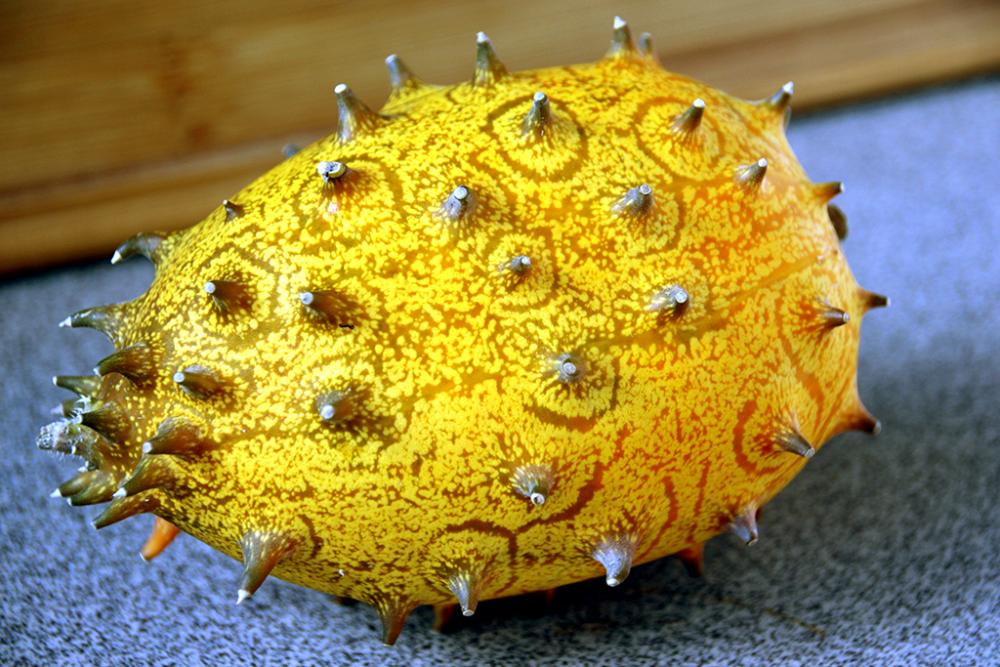
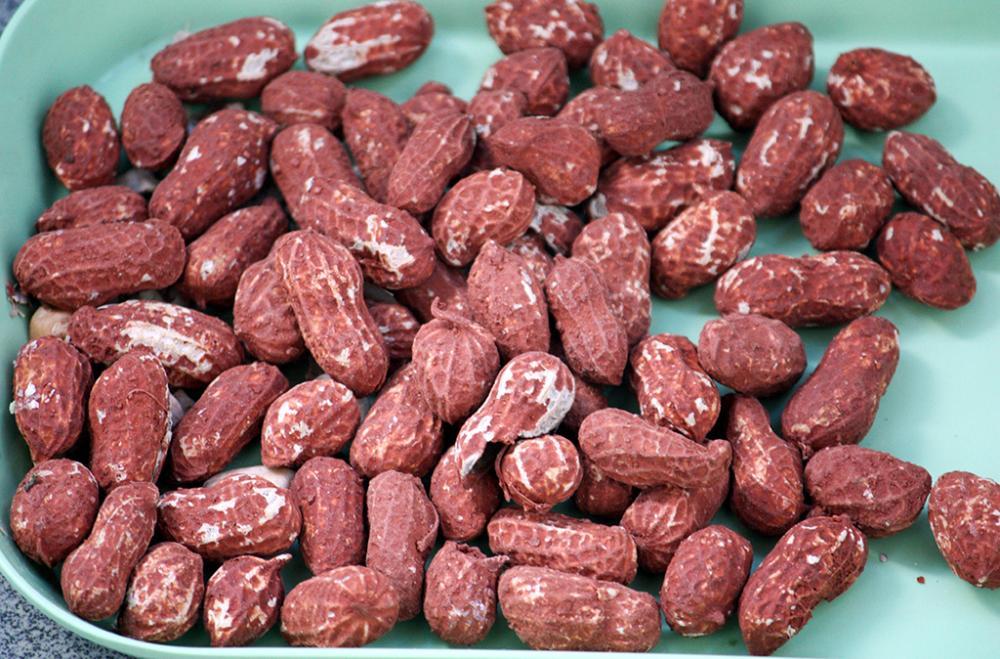

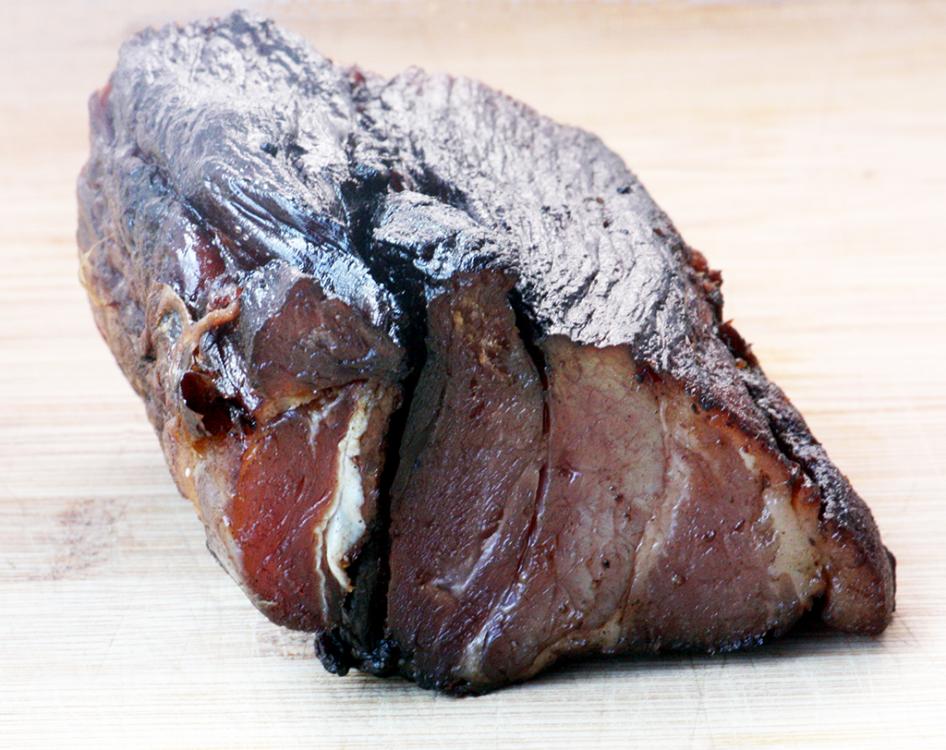
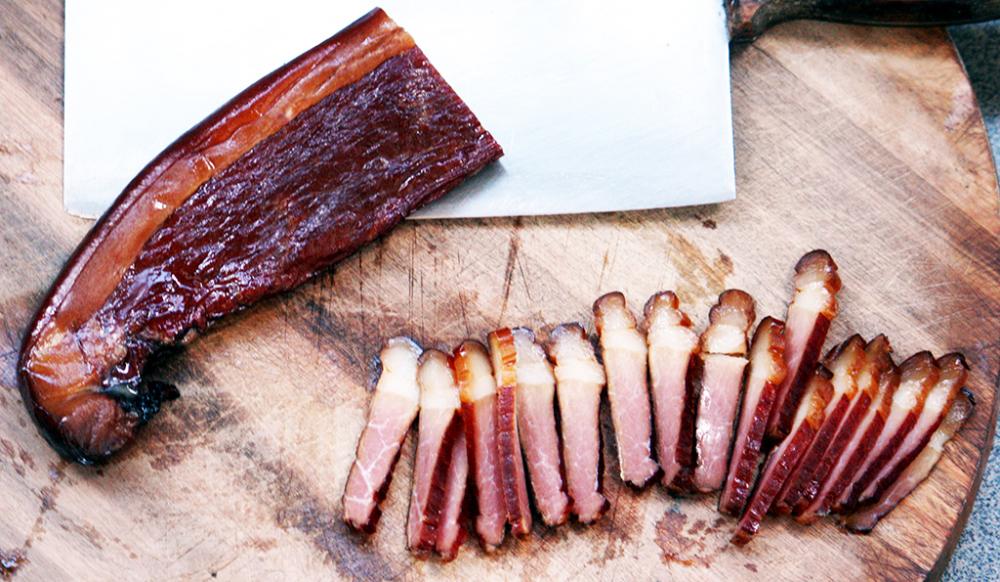
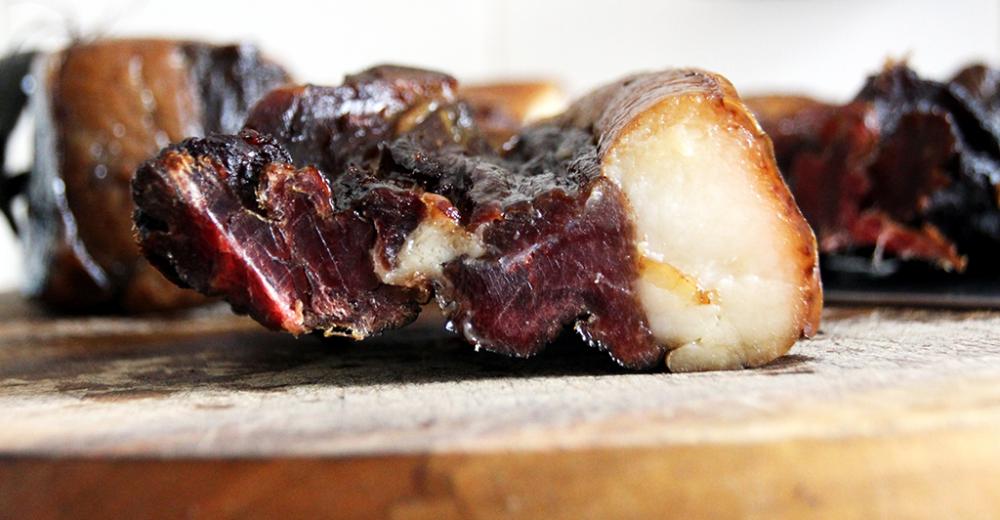
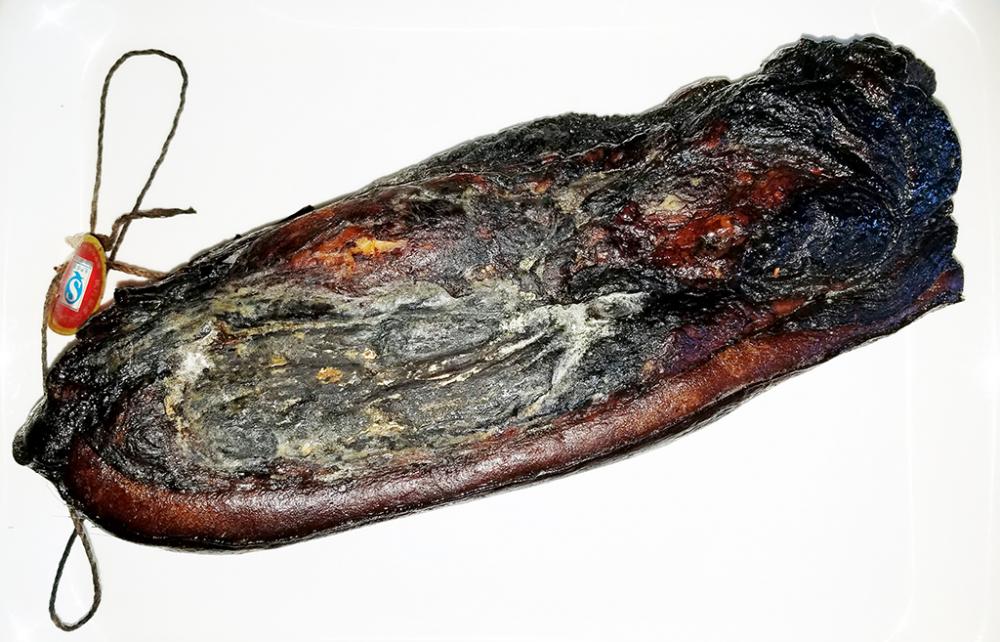
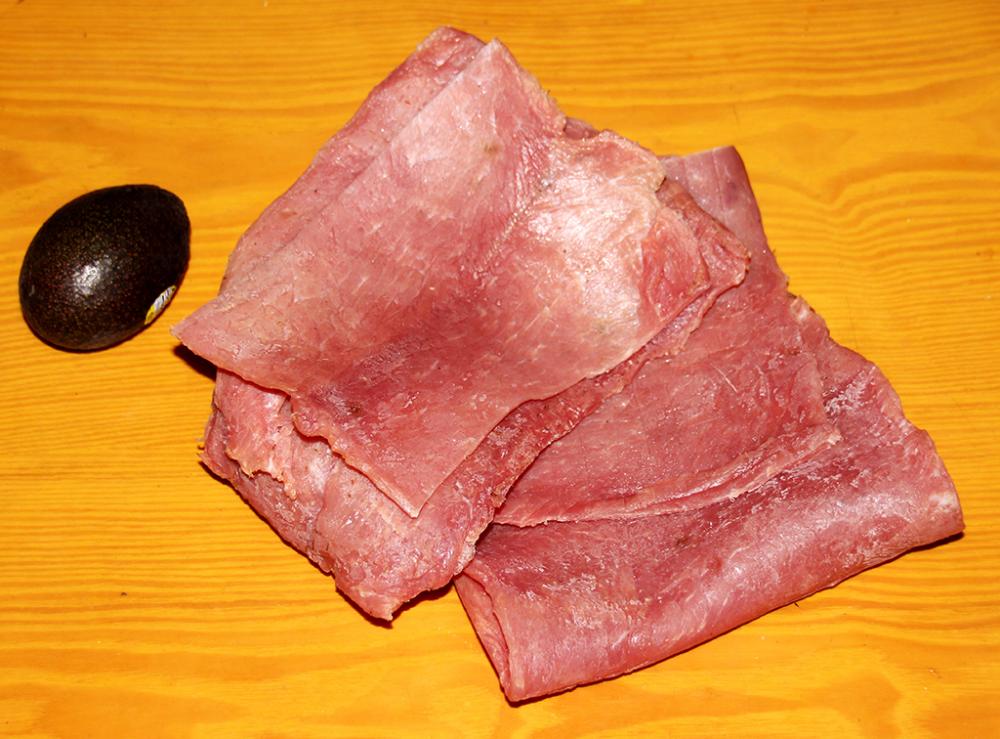
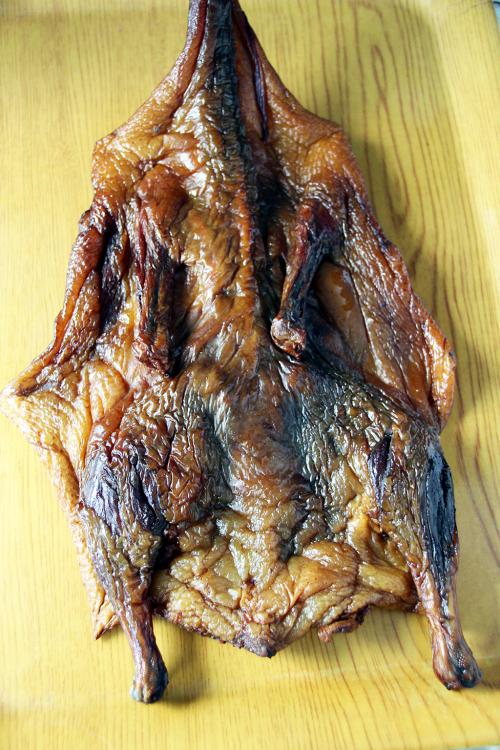
.thumb.jpg.a7e4ff774a88a90c3fceb5b8f43520d8.jpg)
